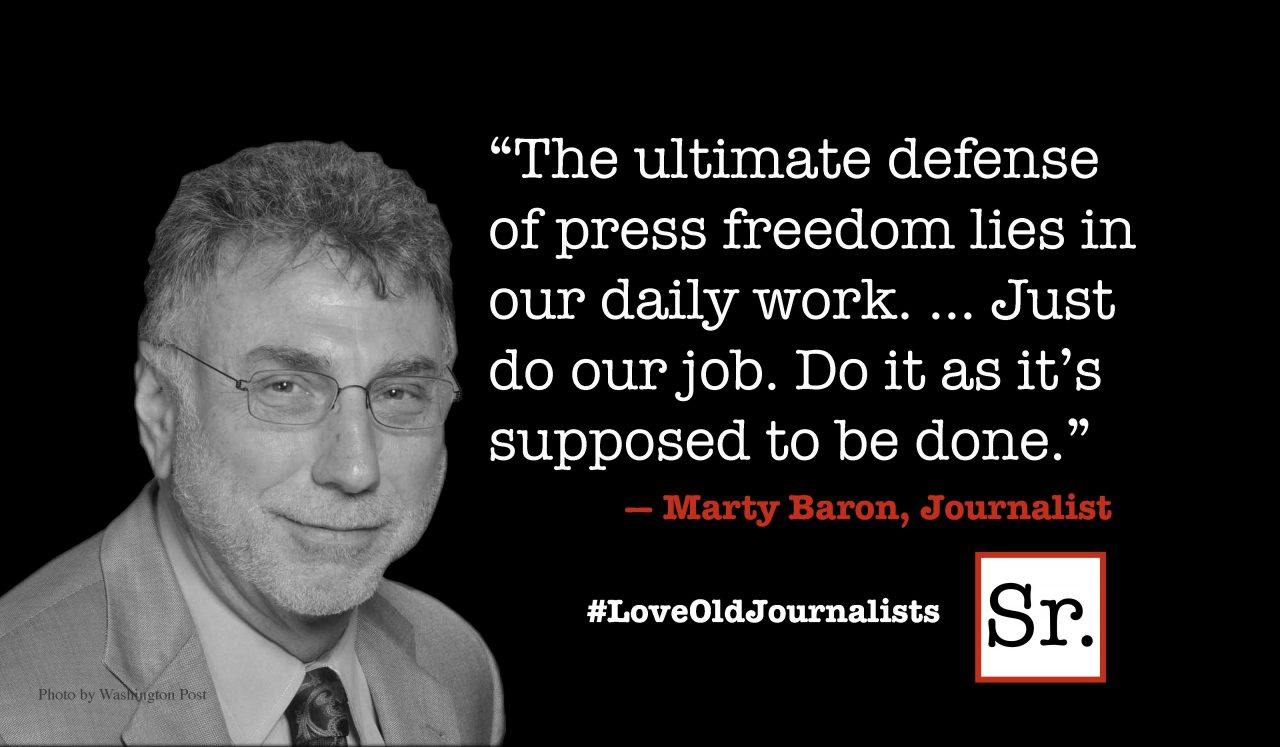The Canadian scholar and critic Hugh Kenner, who wrote masterful studies of James Joyce and Ezra Pound among so many other literary works, was a man widely versed in things technical. In fact, Kenner once wrote a column for the now-defunct Byte Magazine, still beloved of techies for its chronicles of the early days of the PC revolution. And if you look carefully, you’ll discover Kenner contributions to mathematics as well as flat-out technical writing — yes, this is the same Hugh Kenner who wrote a user’s guide to the early Heathkit H100/Zenith Z-100 computer.
I had long enjoyed Kenner’s stimulating essays in National Review, but when I found him in Byte I became captivated with the range of his interests and joined in on a number of discussions in which he was involved on Byte’s online service, called Bix. This was back in the days when CompuServe and The Source were the big guns in town, and the idea of connecting to the Internet was relegated to those who worked for government agencies like the Advanced Research Projects Agency. On Bix, Kenner set about studying how machines could write.
A computer as the author of a text? Well, it seemed possible, and in fact there were surprisingly human-like programs like ELIZA, developed in 1966 as an early example of natural language processing. You would type things to ELIZA and the program would respond with questions, mimicking the experience of seeing a psychiatrist. ELIZA used pattern matching techniques that often led to surprisingly realistic questions that prompted the user to continue the conversation. The program was named, as it turns out, for Eliza Doolittle, the character in George Bernard Shaw’s Pygmalion who is taught to emulate the language of the English upper class.
Kenner knew all about ELIZA and experimented with code of his own that he used to analyze various texts, seeking to understand how they were put together from an algorithmic perspective. I remember musing about this work to a friend one day and suggesting that a properly developed algorithm could write my columns for me, letting me relax. It was a joke at the time, but the evidence is all around us that work on this front is progressing at what I, as a professional writer, can only consider an alarming rate. Who knew there would ever be this kind of competition?
A startup called Narrative Science has developed an algorithm that Hugh Kenner could only have dreamed about. It uses a vast collection of data coupled with statistical breakdowns of human language to produce writing that has appeared in Forbes.com, where you’ll see Narrative Science listed as a contributor to the magazine’s blogs. The Narrative Science methods are also in use in sports reporting, for which the company has produced an algorithm called Stats Monkey that draws together various game information and generates an article out of it.
Based in Evanston, IL, Narrative Science produces stories that are startlingly good considering that they’re written by a computer. Short recaps of games in various sports can be generated and posted on a Web site within minutes of the end of the game. You would think that tools like this would be at their best in that kind of setting — short summaries of events, or maybe recaps of financial reports — but one of the company’s founders, Kristian Hammond, has predicted that a computer program, probably his, will win a Pulitzer Prize in journalism within five years.
Time will tell what will happen as databases grow ever larger and processing power continues to make computers smarter. And what about other kinds of writing? Philip Parker, who works at the European Institute for Business Administration, has developed algorithms of his own, creating a system that can scan databases on just about any topic and produce a technical report from the mix. Technical reports, Parker realized in his own work, were formulaic, relying on prioritizing information and pumping it into recognized patterns. An easy task for modern computers.
But get this: Parker has also developed an algorithm to write poetry, developing poems in a variety of different styles from sonnets to haiku. The classic limerick is one of these:
There was a girl from Golinza,
She wanted a word for stanza.
Not the crimson curse?
But then thought verse!
So smart that girl from Golinza.
It’s hard to see this one going over well among the barroom set, but this bit of epigram is fun:
To poetry I offer this thanks,
when needing something like lyrics
When writing poetry and drawing blanks,
I often settle using poetics
Parker is upfront about his purpose, which is not so much to create great literature but to study language (I can see Hugh Kenner’s eyes dancing at this). He notes that his ‘edge’ poems are useful for non-English speakers in helping them learn about poetic form, and says he also hopes to highlight ambiguity in language by exploring particular words through poetic algorithms.
What’s next for computerized text? Parker is taking aim at what may be the ultimate exercise in formulaic prose, the romance novel. Here, as with technical reports, he has in front of him a form of writing that relies on structures that can be easily parsed and fed into computer code. We can imagine a Parker-inspired bodice-ripper being churned out on a regular basis — after all, this is the form the Wall Street Journal once referred to as ‘publishing’s answer to the Big Mac.’
All of which, Hugh Kenner might have said, is a fascinating exercise in the powers of mind and digital machine. Cisco now estimates that by the year 2020 a personal computer will have the raw processing power of a human brain. Are we moving inexorably into an era when it may be necessary to check the flyleaf to know for sure whether your new book was written by human or computer? If so, writers like me may be put quickly out of work unless we can learn to compete on the things that make humans different from machines, but that’s a topic for another column.









